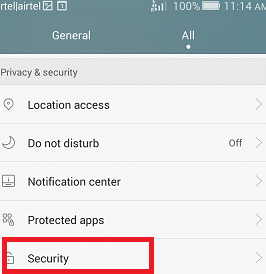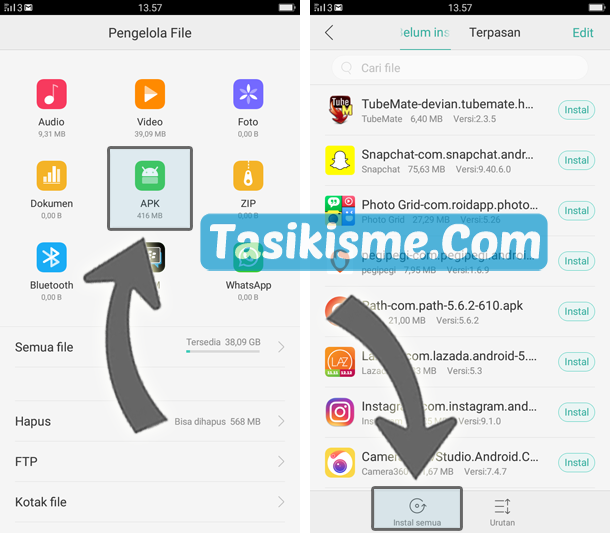
Instead, LogViewPlus uses an approach that requires you to know the name of the machine you want to connect to an advance. This is because some networks may contain a large number of machines and quickly scanning the network to find the machine you want to access may not be possible. Network Shares will always be unpopulated when you first install LogViewPlus. If you have configured LogViewPlus with the connection details of a remote server it will appear below the local file system nodes. The directory browser is used to navigate between folders.

The availability of commands and shortcuts will be dependent on how your Windows shell is configured. The command cmd can be used to open a shell command window in the current target directory. For example, the shortcut %temp% can be used to navigate to your local temp directory. This will require the full path to the target directory.įinally, note that the navigation bar can also support commands and shortcuts - much like Windows Explorer. When the file system is remote, a free-form text box will be used instead. In a local file system mode the path is tokenized (as shown) allowing quick drop-down navigation into parent folders. The navigation bar switches mode depending on if the current file system is local or remote. There is also a small drop-down after the forward command which can be used to quickly navigate your browsing history.

The search navigation bar can be used to navigate forward, backward, and up into a parent folder. If you want to configure Log Explorer, please see File System Settings. Using the Log Explorer is discussed in detail in Browse File Systems. The Log Explorer also supports direct database access. You can also configure Log Explorer to provide access to remote servers through a number of different protocols including SFTP, FTP/S and UDP. The LogViewPlus file browser (Log Explorer) allows you to quickly and easily browse your local file system.


 0 kommentar(er)
0 kommentar(er)
